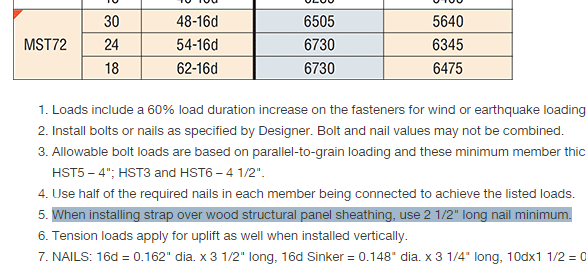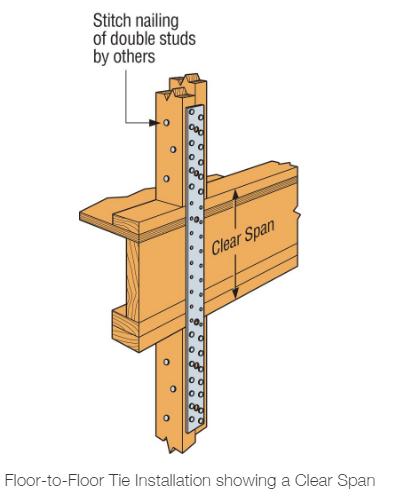mikeCTE
Structural
- Feb 21, 2014
- 42
greetings,
i'm working on seismic retrofitting my basement (seattle area). originally, i thought my pony walls would be 48" or less, allowing me to use 4'x8' sheets of plywood horizontally. however, after opening up the walls, i now find that i'm at 52".
my question pertains to orientation of plywood panels. if i orient vertically, i would add a vertical stud as required for edge nailing. if i orient horizontally, where would the ideal location for the horizontal blocking be located? 1/2 of the height? at the very top? etc? or, would it be better for me to just add 6" of blocking in the stud bays at top and bot plates so i could use a 48" wide sheet?
also, to confirm my methodology: i am adding holddowns at every discontinuity in my walls. so, for example, at a window, i will add a holddown near the window and then at the opposite end of the continuous pony wall (plus shear anchors too). then, after plywooding, i will add some CS16 straps around the windows to tie everything together.
thanks
i'm working on seismic retrofitting my basement (seattle area). originally, i thought my pony walls would be 48" or less, allowing me to use 4'x8' sheets of plywood horizontally. however, after opening up the walls, i now find that i'm at 52".
my question pertains to orientation of plywood panels. if i orient vertically, i would add a vertical stud as required for edge nailing. if i orient horizontally, where would the ideal location for the horizontal blocking be located? 1/2 of the height? at the very top? etc? or, would it be better for me to just add 6" of blocking in the stud bays at top and bot plates so i could use a 48" wide sheet?
also, to confirm my methodology: i am adding holddowns at every discontinuity in my walls. so, for example, at a window, i will add a holddown near the window and then at the opposite end of the continuous pony wall (plus shear anchors too). then, after plywooding, i will add some CS16 straps around the windows to tie everything together.
thanks



